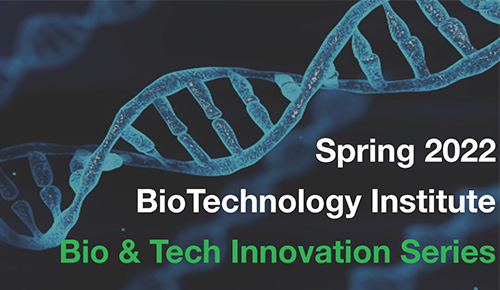
Kate Adamala
Adamala Lab
Assistant Professor, Genetics, Cell Biology, and Development
University of Minnesota
Life but not alive: bioengineering with synthetic cells
All of biological research is done on a single sample: that of modern, terrestrial life. In the quest to engineer synthetic living systems, we seek to expand that sample size, enabling investigation to general properties of life in the lineage agnostic, synthetic organisms.
Synthetic minimal cells are liposomal bioreactors that have some, but not all properties of live cells. Creating artificial living systems allows us to diversify the chassis of biological studies, and provides new opportunities for bioengineering.
We can answer questions about healthy and diseased natural cells, and ask new questions about the limits and possibilities of biology.
THURSDAY I OCT. 6 I 3:30-4:30 PM CST I HYBRID SEMINAR





